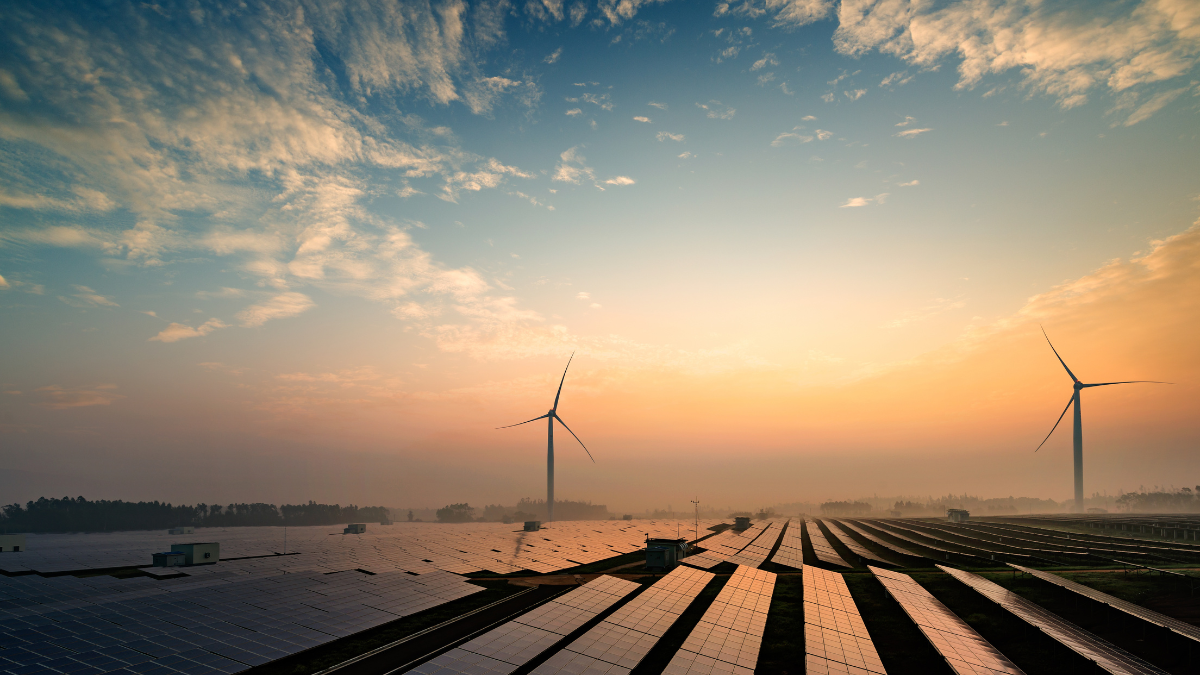
India achieved a significant milestone in its renewable energy journey in February 2025, with solar power accounting for nearly 63.95% of the country’s total renewable energy generation, excluding large hydropower. The nation generated 12,913.58 million units of solar energy, reflecting its strong commitment to clean and sustainable power. This growth is largely driven by favorable government policies, financial incentives, and continuous advancements in solar technology. By the end of February 2025, India’s total renewable energy capacity, excluding large hydropower, had reached 167.709 GW, with solar installations contributing an impressive 102.566 GW. This marks a substantial increase in solar power adoption, reinforcing India’s leadership in the global renewable energy sector. The rise in solar generation can be attributed to increasing project installations, improved efficiency in photovoltaic systems, and greater financial support from both the public and private sectors.
Wind energy continues to play a vital role in India’s renewable energy landscape, contributing 22.74% of the total renewable generation in February 2025. Wind farms produced 4,592.48 million units of electricity, supported by an installed capacity of 48.588 GW. However, wind power generation saw a slight decline compared to the same period last year, largely due to seasonal variations in wind patterns. Unlike solar energy, which benefits from consistent daylight hours and peak summer months, wind power generation fluctuates depending on monsoon cycles and regional wind conditions. This highlights the challenge of maintaining a stable supply of wind energy throughout the year, emphasizing the need for improved forecasting, energy storage solutions, and grid flexibility to balance supply-demand variations.

Apart from solar and wind, other renewable sources such as biomass, bagasse, and small hydropower contributed 13.31% of the total renewable energy generation in February 2025. While their contribution remains relatively small, they provide essential support in maintaining a diversified and resilient energy mix. A well-balanced renewable energy portfolio is crucial for reducing dependence on fossil fuels and mitigating risks associated with variability in solar and wind generation. India’s total renewable energy generation for the month, excluding large hydropower, reached 20,193.67 million units. Although this represented a 4.68% decline from January 2025, it still reflected a strong 12.20% year-on-year growth compared to February 2024. The increase in solar generation aligns with the transition toward summer, which brings longer daylight hours and higher solar irradiance, enhancing photovoltaic efficiency. Conversely, wind energy generation faced seasonal limitations, highlighting the challenges associated with variable renewable sources.
Despite the strong growth in solar power, the slight drop in wind energy production raises concerns about long-term supply stability. Heavy reliance on a single renewable source could create imbalances in grid management, making it imperative to focus on diversification and energy storage development. Strengthening battery storage infrastructure, expanding pumped hydro storage, and investing in advanced grid management systems will be essential for ensuring a stable and reliable renewable energy supply.
India remains committed to achieving its ambitious target of 500 GW of renewable energy capacity by 2030. However, challenges such as grid integration, financing, and the expansion of transmission infrastructure need to be addressed. Policymakers, industry leaders, and research institutions must work together to develop innovative solutions that can support large-scale renewable energy adoption. Expanding energy storage systems, implementing smart grid technologies, and ensuring policy stability will be critical in overcoming these challenges.
Related
Source link




